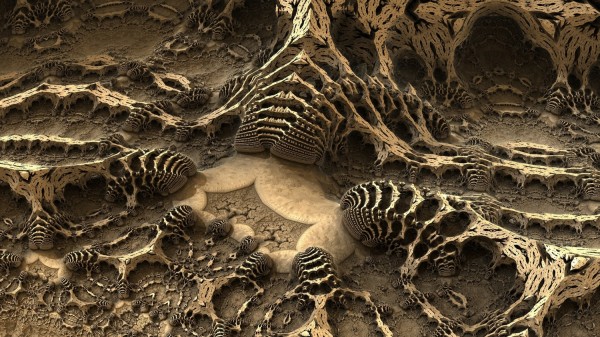Scientists have been able to resolve a long-standing conundrum in the history of life on Earth by determining the appearance of the earliest animals to create skeletons thanks to a trove of fossils discovered in eastern Yunnan Province, China.

Cambrian Explosion
The earliest animals to acquire robust, hard bones first emerge in the fossil record during the Cambrian Explosion, which occurred between 550 and 520 million years ago.
The majority of these early fossils are plain, hollow tubes with lengths between a few millimeters and many centimeters. It was nearly difficult to establish what kind of organisms generated these skeletons since the soft components necessary to designate them as belonging to the animals of today were not preserved.
But now, the newly discovered collection of 514 million-year-old fossils includes four examples of Gangtoucunia aspera that still have intact soft tissues, such as the stomach and mouthparts, according to a news release by the University of Oxford.
It indicates that this species had a mouth encircled with smooth, unbranched tentacles measuring 5 mm in length. The study claims that they were likely employed to sting and catch prey, such as little arthropods.
The fossils also indicate that Gangtoucunia had an interior cavity-partitioned blind-ended gut that filled the length of the tube and was only open at one end. These characteristics are only present in modern jellyfish, anemones, and their close cousins (known as cnidarians), which are soft-bodied animals that are extremely uncommon in the fossil record.
The research demonstrates that these primitive creatures were among the first to develop the hard skeletons that make up the majority of the fossil record.
The scientists hypothesize that Gangtoucunia had a rigid tube structure anchored to the subterranean substrate, comparable to modern scyphozoan jellyfish polyps. The tentacle’s mouth would have been visible outside the tube but could have been drawn in to protect itself from predators.
The tube of Gangtoucunia was made of calcium phosphate, a hard material that also makes up our teeth and bones, unlike jellyfish polyps. It has become less common for animals to use this substance to construct skeletons over time.
One-in-million Discovery
“This really is a one-in-million discovery. These mysterious tubes are often found in groups of hundreds of individuals, but until now they have been regarded as ‘problematic’ fossils, because we had no way of classifying them,” Dr. Luke Parry from the Department of Earth Sciences, University of Oxford, said in a statement.
But with the discovery of new specimens, it gave the team a crucial piece of the evolutionary puzzle that scientists have long been trying to solve.
The new specimens show that, contrary to what had previously been hypothesized for similar fossils, Gangtoucunia was not related to annelid worms (earthworms, polychaetes, and their relatives).
The study claims it is now evident that annelids have segmented bodies with transverse body partitioning, whereas Gangtoucunia had a smooth exterior with a gut divided longitudinally.
The fossil was discovered in the Gaoloufang area of Kunming, eastern Yunnan Province, China. The anaerobic or oxygen-poor conditions in this environment prevent the existence of microbes that often degrade soft tissues in fossils.
This study emphasizes how crucial the preservation of soft tissues is to understanding these extinct creatures. These kinds of discoveries then help us better understand the origins of life on Earth millions of years ago and how it has changed since then.
The complete findings of the study is available in Proceedings of the Royal Society B.